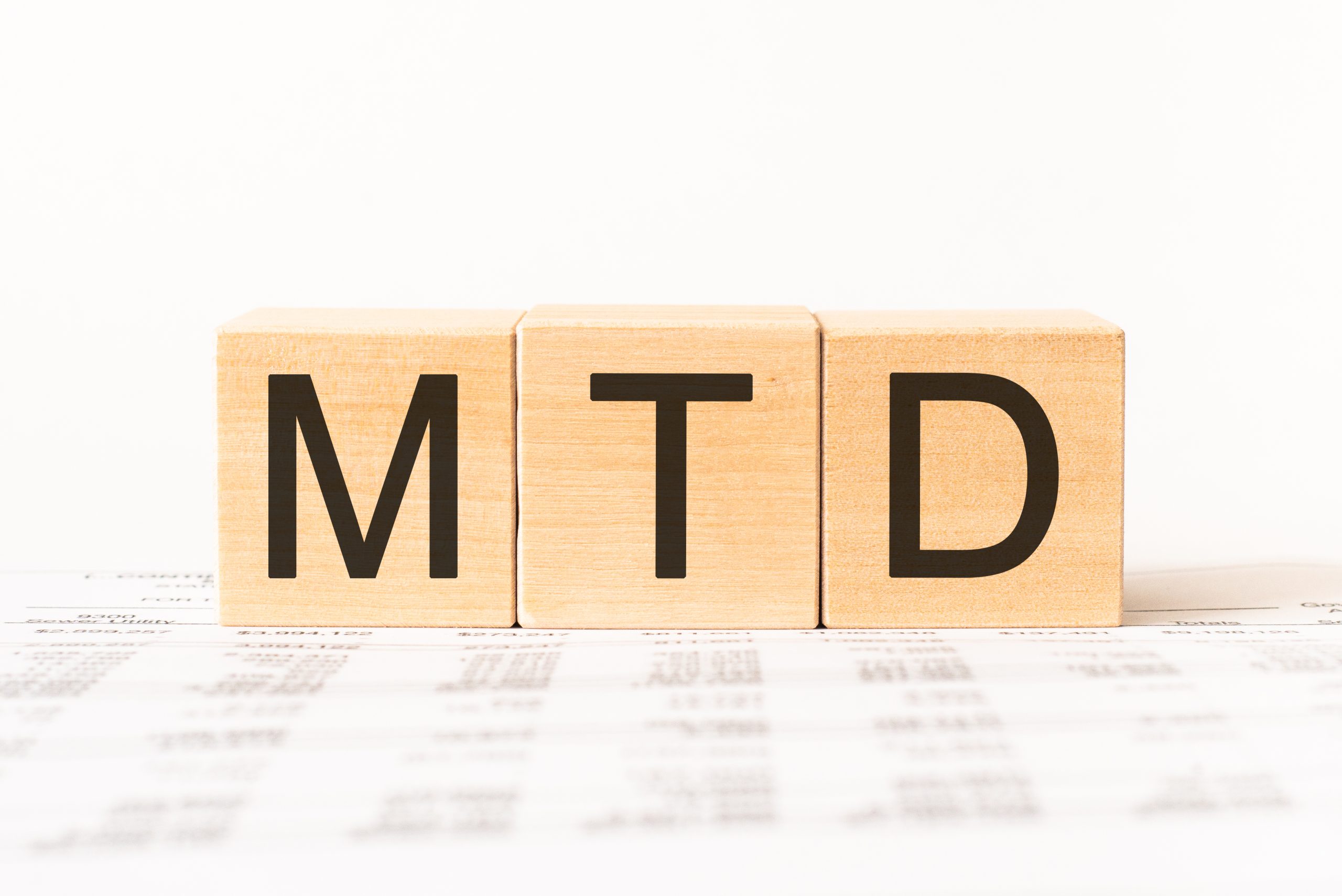Understanding Allowances and Tax Rates in the UK
Navigating the UK tax system can often feel like a daunting task, but understanding the basics of allowances and tax rates can significantly ease the process. Here’s a comprehensive guide to help you understand how allowances and tax rates work in the UK, ensuring you’re well-informed and able to manage your finances more effectively.
Personal Allowance
The Personal Allowance is the amount of income you can earn each year without paying income tax. For the tax year 2023/2024, the standard Personal Allowance is £12,570. This means that if your total income is below this threshold, you won’t pay any income tax.
Marriage Allowance
Marriage Allowance allows you to transfer 10% of your Personal Allowance to your spouse or civil partner if they earn more than you, providing certain conditions are met. This can reduce their tax by up to £1,257.
Blind Person’s Allowance
If you’re registered blind or severely sight impaired, you can claim the Blind Person’s Allowance. This additional allowance is £2,870 for the tax year 2023/2024, which increases your tax-free income.
Income Tax Rates
Once your income exceeds your Personal Allowance, it becomes taxable. The UK has a progressive tax system, meaning the tax rate increases as your income rises. The tax rates for the 2023/2024 tax year are as follows:
- Basic Rate: 20% on income between £12,571 and £50,270
- Higher Rate: 40% on income between £50,271 and £125,140
- Additional Rate: 45% on income over £125,140
National Insurance Contributions (NICs)
In addition to income tax, most people are required to pay National Insurance contributions if they’re employed or self-employed and earning above a certain threshold. These contributions help fund state benefits and the NHS.
For employees, the main NICs rates for 2023/2024 are:
- Class 1 (Primary): 12% on earnings between £12,570 and £50,270, and 2% on earnings above £50,270.
For self-employed individuals, the rates are:
- Class 2: £3.15 per week if your profits are £6,725 or more per year.
- Class 4: 9% on profits between £12,570 and £50,270, and 2% on profits above £50,270.
Capital Gains Tax
Capital Gains Tax (CGT) is charged on the profit made from selling or disposing of an asset. The annual exempt amount for CGT is £12,300 for individuals in the tax year 2023/2024. The tax rates are:
- Basic Rate Taxpayers: 10% on gains within the basic rate band.
- Higher/Additional Rate Taxpayers: 20% on gains above the basic rate band.
Inheritance Tax
Inheritance Tax (IHT) is a tax on the estate of someone who has died. The threshold for IHT is £325,000, with a rate of 40% applied to the value of the estate above this threshold. There are various exemptions and reliefs, such as the Residence Nil Rate Band, which can increase the threshold under certain conditions.
Value Added Tax (VAT)
VAT is a tax on goods and services. The standard rate is 20%, but there are reduced rates of 5% and 0% for certain goods and services. Businesses with a turnover above £85,000 must register for VAT and charge it on their sales.
Tax-Free Savings and Investments
Certain savings and investments are tax-free up to specific limits:
- Individual Savings Accounts (ISAs): You can save up to £20,000 tax-free in ISAs for the tax year 2023/2024.
- Pension Contributions: Contributions to approved pension schemes are tax-free up to the Annual Allowance, which is £40,000 for most people.
Conclusion
Understanding allowances and tax rates is essential for effective financial planning. By taking advantage of available allowances and being aware of the applicable tax rates, you can ensure you’re not paying more tax than necessary and make informed decisions about your finances.
For personalised advice and assistance with your tax planning, contact Exchange Accountants. Our team of experts is here to help you navigate the complexities of the UK tax system.






